When a Signal travels from its Start Point to its End Point the path traversed by the Signal is known as the Timing Path. To perform timing analysis the complete circuit is divided into different Timing Paths and then the delay is calculated. The Setup and Hold requirements of each Timing Path are calculated and optimized further.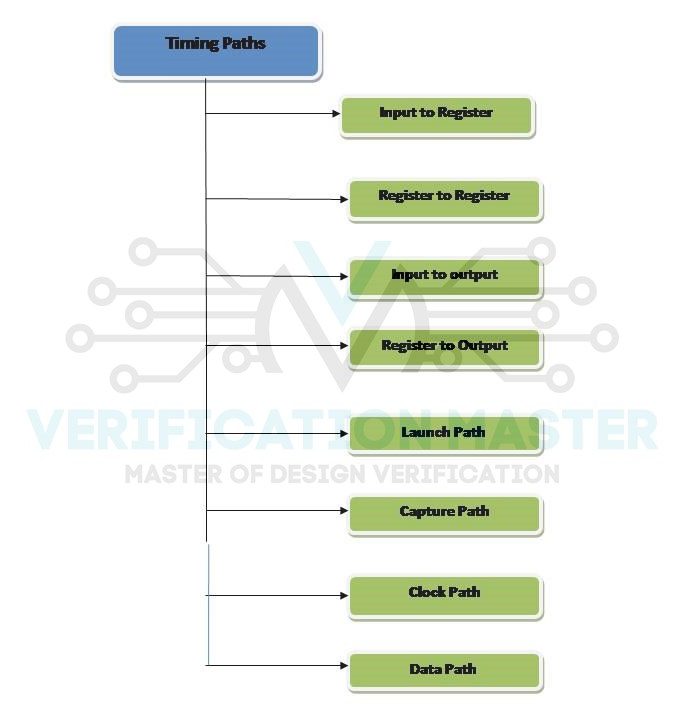
Fig. 1: Types of timing paths
Input to Register
When input comes through a combinational element and ends at the register’s input pin which is a sequential element controlled by a clock. Input can arrive at any instant. Path A->B seen in Fig. 8.

Fig. 2: Input to Register Setup Requirement
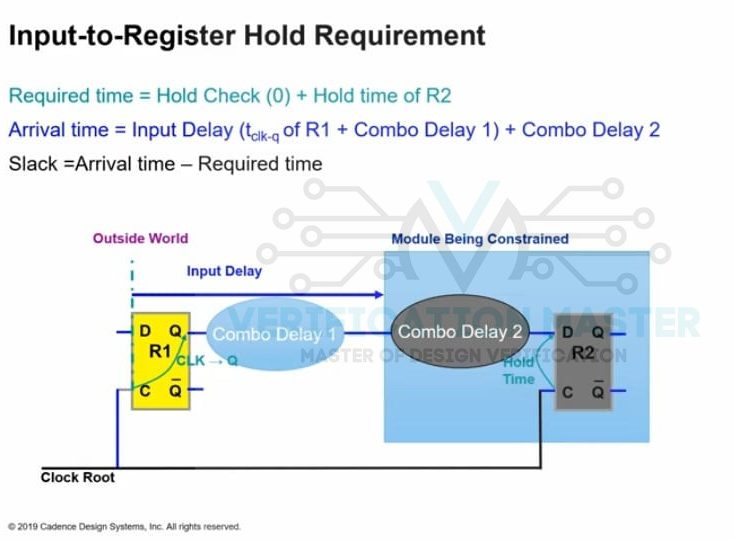
Fig. 3: Input to Register Hold Requirement
Register to Register
When starting point and endpoint both are registers i.e. Sequential elements. It is completely sequential as both the start point and the endpoint is controlled by the clock. Path C->D seen in Fig. 8.
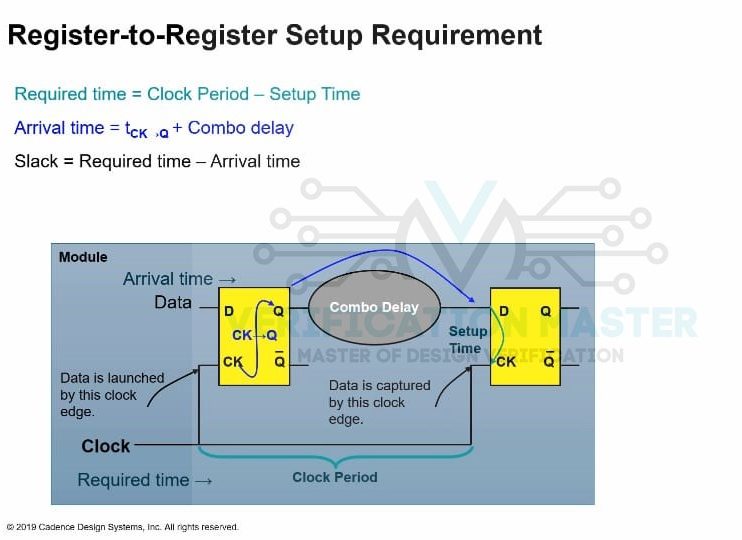
Fig. 4: Register to Register Setup Requirement
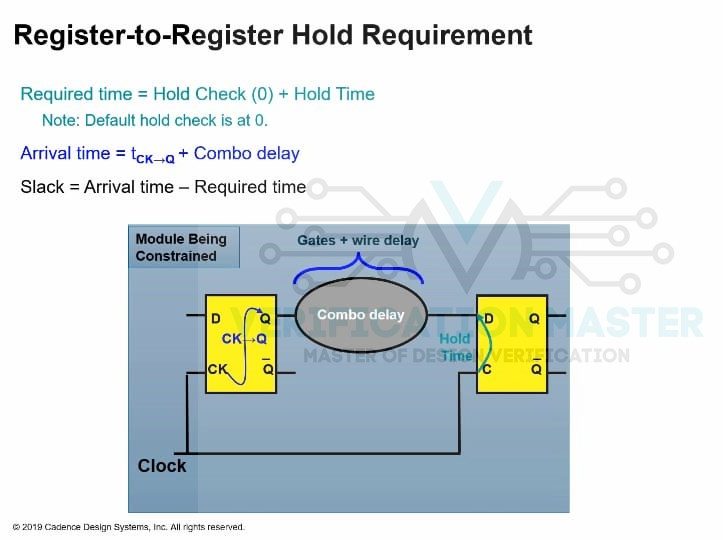
Fig. 5: Register to Register Hold Requirement
Input to Output
When a signal traverses a path through the input port and ends at the output port. This path is possible in the combinational circuit, but not in synchronous design. Path A->F seen in Fig. 8.
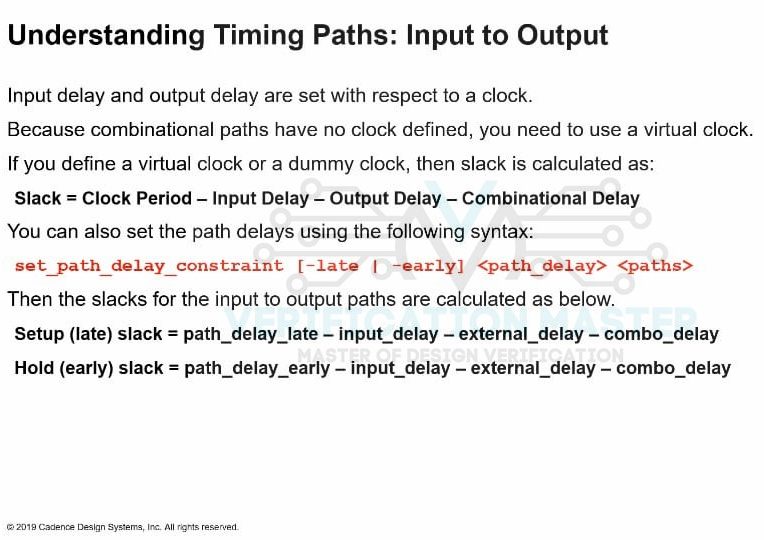
Fig. 6: Understanding Timing Paths: Input and Output
Register to Output
When start point of a data is Register and the endpoint is the output port. Path E->F seen in Fig. 8.
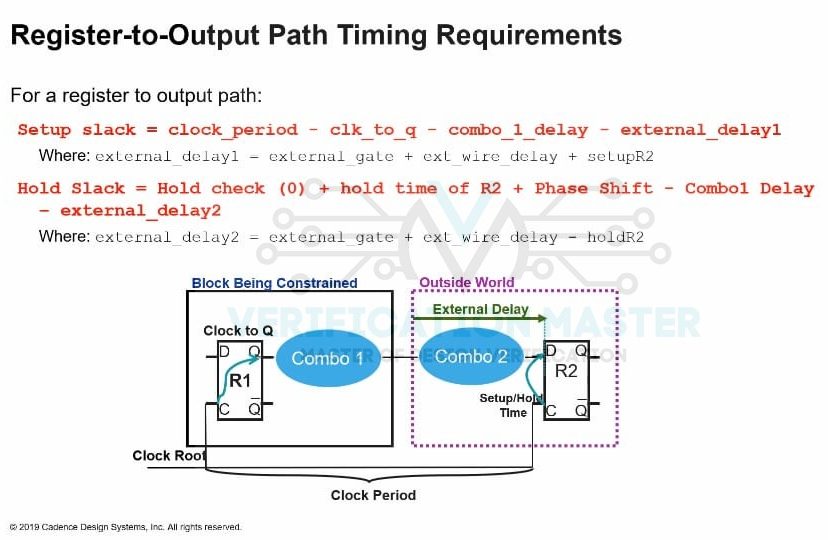
Fig. 7: Register to Output Path Timing Requirements
Launch Path
The clock path that is responsible for data launching at launch flop. Path G->H seen in Fig. 8.
Capture Path
The clock path that is responsible for data capture at the capture flop. Path G->I seen in Fig. 8.
Clock Path
The path traversed by a clock signal. It contains clock buffers and clock inverters in the path. But, if it is a gated clock then it contains gates also. Clock gating is used to save dynamic power.
Data Path
The path traversed by the data signal. It consists of combinational cells/gates.
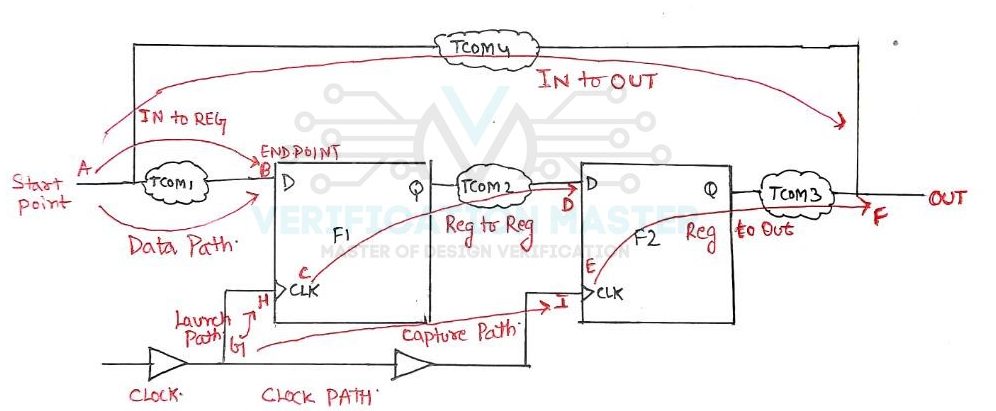
Fig. 8: Timing Data Path
So from this blog, you can answer the below set of questions:
- Q1) Define Timing Paths.
- Q2) Explain different types of Timing Paths.
- Q3) Show different types of Timing Paths with the help of a circuit example.

